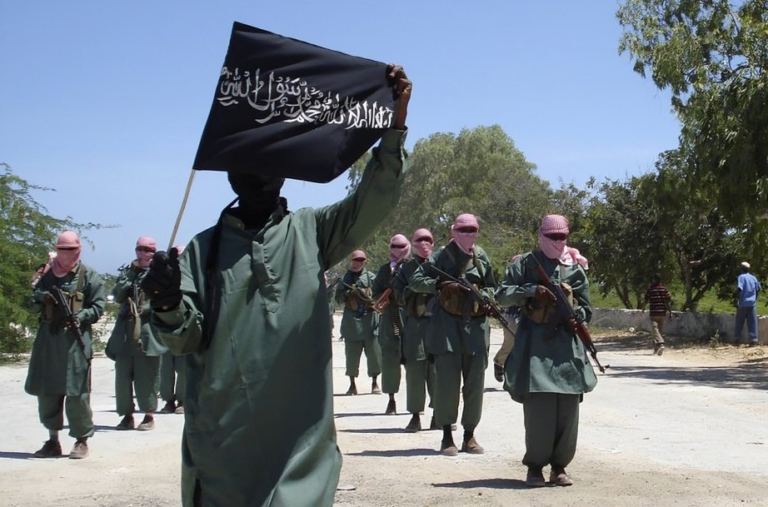In a significant move, Iran’s National Security Council has suspended a controversial hijab law that was set to take effect on Friday. President Masoud Pezeshkian described the law as “vague and in need of reform,” hinting at a potential reevaluation of the imposed restrictions.
The proposed legislation included severe penalties for women and girls displaying their hair, arms, or ankles—drawing sharp criticism from human rights advocates. For decades, strict dress codes have been prioritized in Iran’s national security agenda, fueling numerous protests and unrest.
During the presidential campaign in July, Pezeshkian openly criticized the treatment of women regarding hijab enforcement, pledging to respect individuals’ personal lives. This sentiment resonates with many Iranians, particularly the youth, who feel disillusioned by the government’s rigid controls.
Over the past two years, a growing number of young Iranian women have openly challenged governmental authority. Recently, three hundred activists, writers, and journalists protested the new hijab law, labeling it “illegal and unenforceable” and urging the president to honor his electoral promises.
Despite pressure from hardline factions close to Supreme Leader Ayatollah Ali Khamenei, many young Iranians continue to confront governmental restrictions fearlessly. The suspension of the law has raised concerns within the government about the potential for renewed protests reminiscent of those seen two years ago.
This evolving situation illustrates a pivotal moment in Iran’s ongoing struggle for women’s rights and personal freedoms, signaling that change may be on the horizon.












+ There are no comments
Add yours